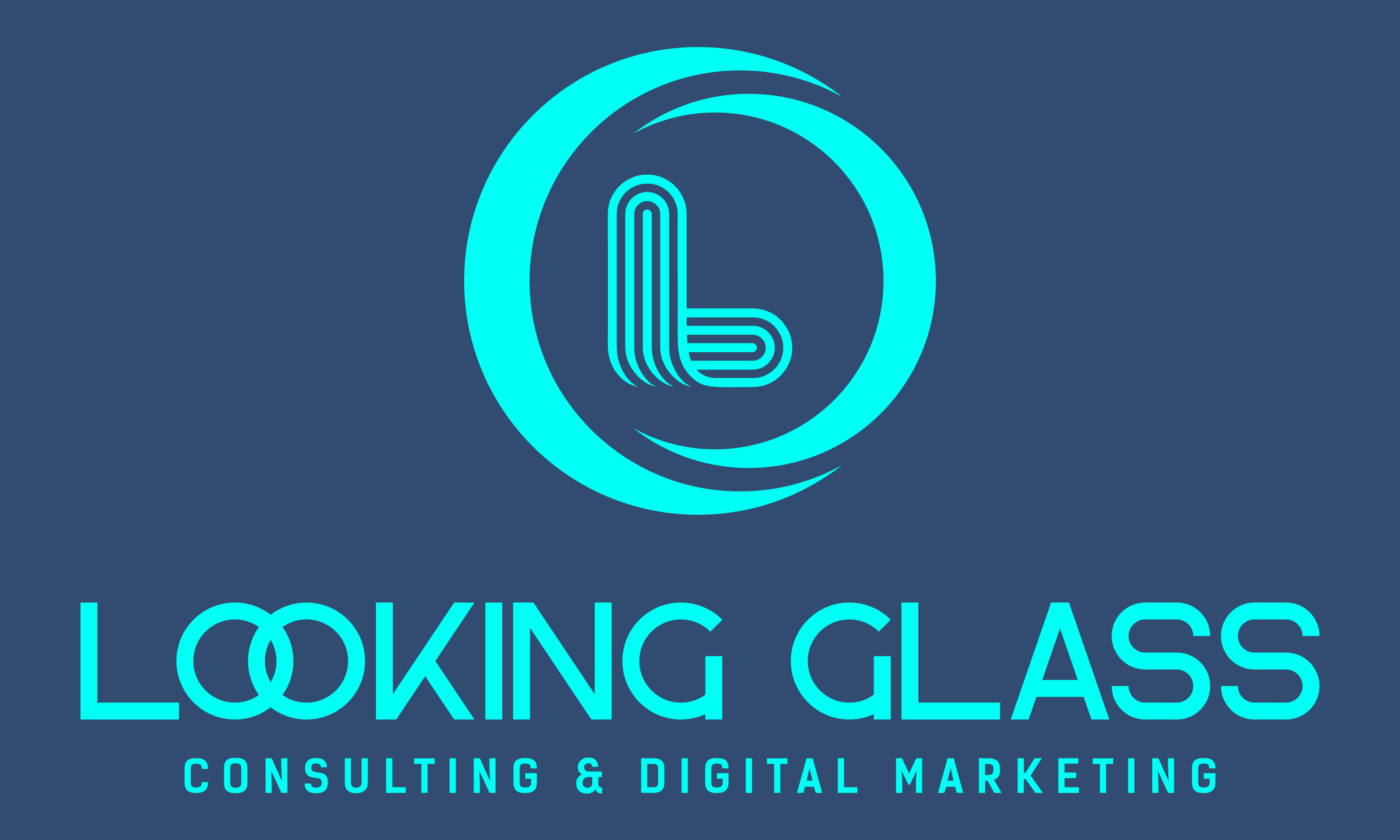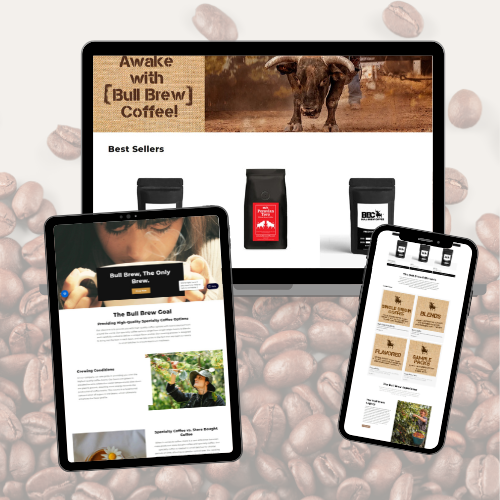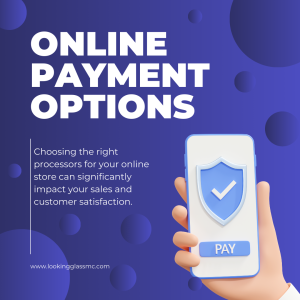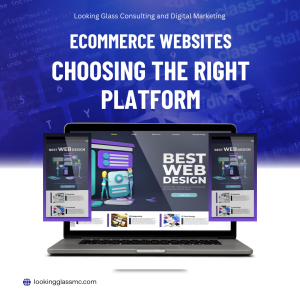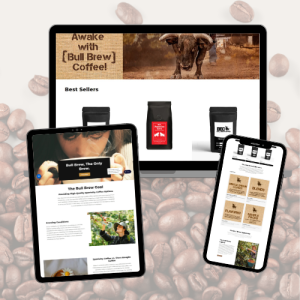
How To Craft Winning Ad Copy
In the fast-paced world of digital advertising, Pay-Per-Click (PPC) campaigns stand out as a cornerstone strategy for marketers looking to drive targeted traffic to their websites. At the heart of these campaigns lies the ad copy—a critical element that can make or break your advertising efforts. The right ad copy doesn’t just capture attention; it engages the audience, conveys value, and compels action, making it a pivotal factor in the success of your PPC campaigns.
Effective ad copy significantly influences the performance metrics that matter most: click-through rates (CTR) and conversion rates. These metrics not only gauge the effectiveness of your ads but also impact your campaign’s overall success, affecting everything from ad placement to cost efficiency. A well-crafted ad copy resonates with your target audience, encouraging them to click through and take the desired action, whether that’s making a purchase, signing up for a newsletter, or filling out a contact form.
Recognizing the immense power of ad copy, this article aims to arm you with actionable tips and strategies to craft compelling ad content that captures interest and drives conversions. Whether you’re new to PPC advertising or looking to refine your existing campaigns, the insights shared here will guide you through the process of creating ad copy that not only stands out but also delivers tangible results. Join us as we explore the art and science of writing winning ad copy, ensuring your PPC campaigns achieve their full potential.
The Fundamentals of Ad Copy
Crafting winning ad copy for your PPC campaigns begins with a foundational understanding of two critical elements: your audience and the structural components of your ad. Mastery over these areas ensures that your ad not only reaches the right people but also resonates with them, driving engagement and conversions.
Understanding Your Audience
The cornerstone of effective ad copy is a deep understanding of your target audience. Knowing who they are, what they need, what frustrates them, and the language they use is not just beneficial—it’s essential. This knowledge enables you to craft messages that speak directly to your audience, addressing their specific pain points and desires. It’s about seeing your product or service through their eyes and understanding the value it offers them.
Audience research plays a pivotal role in making your ad copy relevant and engaging. Tools like surveys, social media listening, and analytics platforms can provide insights into your audience’s demographics, behavior, and preferences. This information allows you to tailor your ad copy so it strikes a chord with potential customers, making them feel understood and catered to.
Key Components of Effective PPC Ad Copy
An impactful PPC ad comprises several key components, each playing a crucial role in attracting and persuading your audience:
- Headline: The first thing your audience will see, your headline should be attention-grabbing and clearly communicate the main benefit or value proposition of your offer.
- Description: This expands on the headline, providing more details about your offer and why it’s beneficial. It’s your chance to further convince your audience why they should click through.
- Display URL: Although it may seem minor, the display URL can reinforce the relevancy of your ad. Including keywords or a clear indication of the landing page content can boost credibility and click-through rates.
- Call-to-Action (CTA): A strong CTA is a clear directive that tells your audience exactly what action you want them to take. Whether it’s “Shop Now,” “Sign Up Today,” or “Learn More,” your CTA should be compelling and direct. Best Practices for Crafting Your Ad Copy When creating your ad copy, keep these best practices in mind: Clarity and Conciseness: Your ad copy should be straightforward and easy to understand. Avoid jargon and complex language that might confuse your audience.
- Highlight Benefits: Focus on how your product or service can solve a problem or improve your audience’s life. Benefits are more compelling than features.
- Create Urgency: Encouraging immediate action can increase conversion rates. Phrases like “limited time offer” or “exclusive deal” can motivate users to click through.
- Incorporate Keywords Naturally: Keywords should be seamlessly integrated into your ad copy to improve relevance and search engine visibility. However, they should never compromise the natural flow or readability of your text.
By aligning your ad copy with these fundamentals, you create a strong foundation for PPC campaigns that engage and convert. Understanding your audience ensures your message resonates, while adherence to best practices in your ad’s structure guides them toward taking the desired action.
Ad Extensions and A/B Testing
Ad extensions are a powerful feature offered by most PPC platforms that allow advertisers to expand their ads with additional information, making them more informative and attractive to potential customers. By effectively leveraging ad extensions, you can significantly improve the visibility and performance of your ads, leading to higher click-through rates and conversion rates.
Types of Ad Extensions and Their Uses
- Sitelink Extensions: Provide links to specific pages on your website beyond the main landing page. Use these to direct users to high-converting pages or important information.
- Call Extensions: Include your phone number in the ad, allowing mobile users to call you directly. This is ideal for businesses where direct contact increases conversion chances.
- Location Extensions: Show your physical business location and phone number, helping local customers find you more easily.
- Callout Extensions: Add additional descriptive text to your ad to highlight unique selling points or offers.
- Structured Snippet Extensions: Showcase a list of products, services, or other options to give users a clearer idea of what you offer.
Best Practices for Using Ad Extensions
- Relevance: Ensure that all extensions used are relevant to the ad copy and the landing page. Irrelevant extensions can confuse users and dilute your message.
- Diversity: Utilize a variety of ad extensions to provide as much valuable information as possible, catering to different user needs and preferences.
- Optimization: Regularly review the performance of your ad extensions and optimize them based on what works best. This includes updating sitelinks, callouts, and structured snippets to reflect your most current offers or services.
A/B Testing Your Ad Copy
A/B testing, also known as split testing, is a method of comparing two versions of ad copy to see which one performs better. This process allows you to make data-driven decisions about your ad content, structure, and messaging, leading to optimized performance and higher ROI.
Setting Up A/B Tests
Select One Variable to Test: Whether it’s the headline, description, CTA, or an ad extension, focus on one element at a time to accurately measure its impact.
Create Two Variants: Develop two versions of your ad, each with a different iteration of the variable you’re testing.
Run Both Ads Simultaneously: Ensure both ads are displayed to similar audiences at the same time to maintain test integrity.
Analyzing A/B Testing Results
Performance Metrics: Evaluate key metrics such as CTR, conversion rate, and cost per conversion to determine which version of your ad copy is more effective.
Making Informed Adjustments: Use the insights gained from A/B testing to refine your ad copy. Implement the winning elements in your current and future campaigns.
Continuous Improvement
A/B testing is not a one-time task but a continuous process of optimization. Regularly testing different aspects of your ad copy ensures that your PPC campaigns remain effective and competitive over time.
By leveraging ad extensions to enhance your ads and continuously A/B testing your ad copy, you can significantly improve the performance of your PPC campaigns. These strategies enable you to provide more value to your audience and make informed decisions based on real-world data, leading to better engagement, higher conversion rates, and ultimately, a more successful advertising effort.
Conclusion: Mastering the Art of PPC Ad Copy
As we wrap up this comprehensive guide on crafting winning ad copy for your PPC campaigns, it’s essential to reflect on the key points we’ve covered. From understanding your audience to leveraging ad extensions and the critical role of A/B testing, each element plays a pivotal role in the success of your PPC efforts. Crafting compelling ad copy is both an art and a science, requiring a deep understanding of your target market, a strategic approach to messaging, and a commitment to continuous optimization.
One of the most important takeaways is the necessity of staying abreast of the latest trends and updates in the PPC landscape. The digital marketing world is ever-evolving, with new tools, techniques, and algorithms emerging regularly. Keeping up with these changes ensures that your ad copy remains relevant, effective, and competitive. Whether it’s adapting to new ad formats, incorporating the latest best practices, or leveraging cutting-edge technologies, staying informed is key to maximizing the ROI of your PPC campaigns.
Elevate Your PPC Campaigns with Looking Glass
Ready to take your PPC campaigns to the next level? Look no further than Looking Glass Consulting and Digital Marketing. With over 15 years of experience in managing PPC campaigns for small businesses, our team of certified professionals is committed to delivering results that make a difference. Located in PA, USA, we pride ourselves on our strategic approach to digital marketing, leveraging the latest tools and insights to ensure your campaigns not only reach their target audience but truly resonate with them.
At Looking Glass, we understand the unique challenges and opportunities that small businesses face in the digital landscape. That’s why we offer tailored PPC management services designed to maximize your online visibility, drive targeted traffic, and increase conversions. Whether you’re looking to launch your first PPC campaign or optimize existing efforts, our experts are here to guide you every step of the way.
Don’t let the complexities of PPC advertising hold your business back. Contact Looking Glass Consulting and Digital Marketing today to discover how our expertise can transform your online advertising strategy and propel your business to new heights. Let us help you navigate the digital landscape with confidence and achieve the success your business deserves.
Related Articles

Paid Advertising: Boost Traffic and Sales
Boosting Sales and Traffic with Paid Advertising If you’re looking to boost your website traffic and generate more leads for your business, paid advertising is

Paid Advertising and Management
Paid Advertising and Ad Management Explained In today’s digital age, businesses have a variety of marketing tools at their disposal. One of the most effective

Unlocking the Power of Paid Advertising
Discover why effective management is crucial for maximizing the potential of paid advertising campaigns. Learn who should manage paid advertising accounts and the results that can be achieved from proper management.

Social Media Advertising
Unlocking the Power of Social Media Advertising Social media advertising has revolutionized the way businesses market their products and services. With the increasing number of
